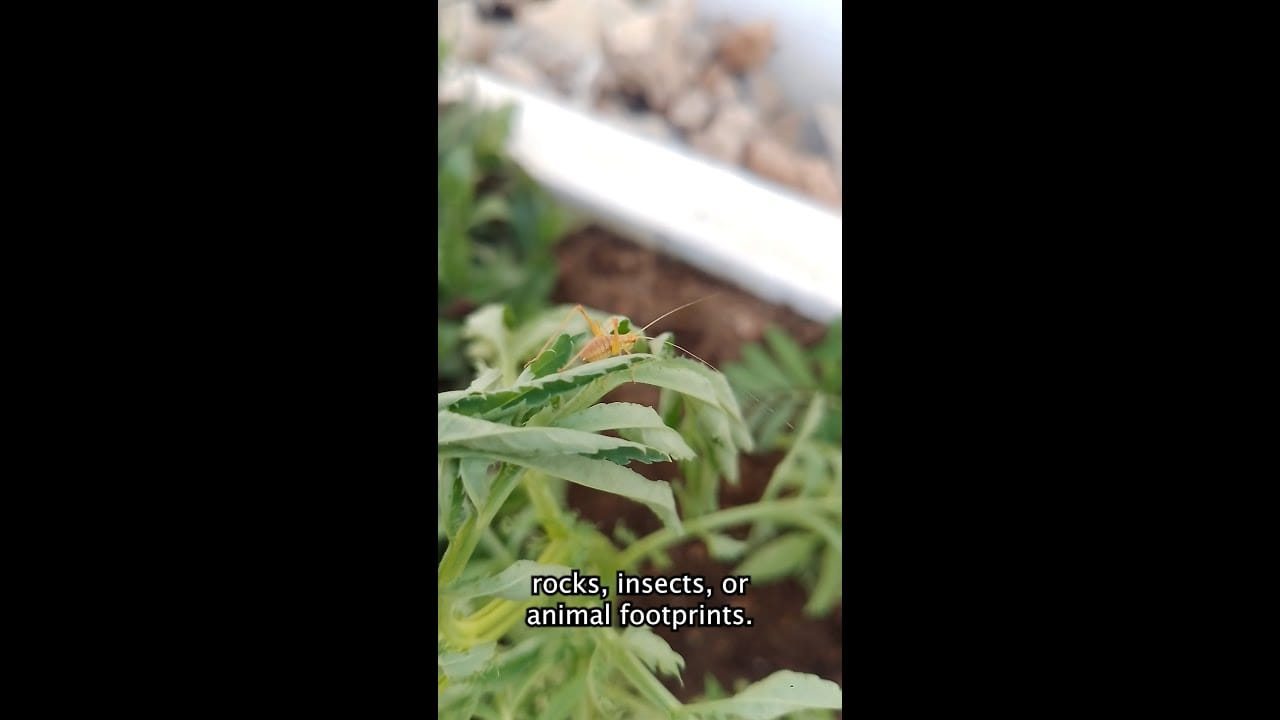10 Thrilling Summer STEM Activities: Unleash Adventure with a Nature Scavenger Hunt!
Unleash your inner explorer and learn STEM skills with a nature scavenger hunt! #STEM #STEMActivities #STEMEducation …
source
Summer STEM Activities: Nature Scavenger Hunt
As the school year winds down and summer breaks begin, parents and educators often seek engaging ways to keep children learning while also having fun. One fantastic summer STEM (Science, Technology, Engineering, and Mathematics) activity is the Nature Scavenger Hunt. This outdoor adventure not only fosters a love for nature but also encourages critical thinking, collaboration, and hands-on exploration. Here’s how you can organize an exciting and educational nature scavenger hunt that incorporates STEM principles.
What is a Nature Scavenger Hunt?
A nature scavenger hunt is an interactive activity where participants search for specific items or phenomena in nature, which can range from various plants and animals to different geological formations. By using a list of items to find, children engage with their environment, develop observational skills, and learn about ecosystems, biodiversity, and environmental science.
Educational Benefits
STEM Learning: By observing and recording findings, children apply scientific methods. They predict where to find items, make observations, gather data, and draw conclusions.
Critical Thinking: Deciding which items to search for and hypothesizing about their locations enhances problem-solving skills.
Creativity: Participants can use various methods to document their findings, from sketches to photographs, allowing for creative expression.
Teamwork: Scavenger hunts often encourage collaboration, promoting communication skills and teamwork as children work together to find items.
- Physical Activity: The hunt encourages physical movement and helps children stay active, which is especially beneficial during the summer months.
Planning Your Nature Scavenger Hunt
1. Choose a Location
Select a suitable outdoor location, such as a local park, nature reserve, or even your backyard. Ensure the area is safe and accessible for participants of all ages.
2. Create the Scavenger List
Develop a list of items for participants to find. Tailor the list according to the age group and the environment. Here are some ideas:
For Younger Children:
- A leaf shaped like a heart
- A flower with a scent
- A smooth stone
- A piece of bark
- A feather
For Older Children:
- Animal tracks
- An insect in its habitat
- A plant with thorns
- A tree by its leaves or shape
- Evidence of animal life (like nests or burrows)
3. Gather Materials
Provide participants with materials to document their findings, such as:
- A scavenger hunt checklist (printable or digital)
- Clipboards or sturdy notebooks
- Pencils or colored markers
- A magnifying glass for close-up observations
- A smartphone or camera for photographs
4. Set Ground Rules
Ensure that participants understand the rules of the scavenger hunt:
- Be respectful of nature: Avoid picking plants or disturbing wildlife.
- Stay on marked trails to protect ecosystems.
- Work together and help each other.
5. Launch the Hunt!
Kick off the scavenger hunt by explaining the importance of each item on the list. Encourage participants to use their senses—sight, sound, touch, and even smell—to explore their surroundings.
6. Share and Reflect
Once the hunt concludes, gather everyone together to share their findings. Discuss:
- What was easy to find? What was challenging?
- What interesting facts did they learn about the items?
- How do these items contribute to the ecosystem?
Variations and Extensions
To expand on the scavenger hunt, consider incorporating these variations:
- Themed Hunts: Focus on a specific theme, like insects, plant life, or water sources.
- Nature Journals: Have participants keep a journal to draw or write about their experiences.
- Digital Nature Hunt: Utilize apps or websites to identify plants and animals.
- Interactive Challenges: Include mini-challenges for extra points, such as a nature-inspired drawing contest or storytelling based on their finds.
Conclusion
A Nature Scavenger Hunt is not just a fun summer activity; it is a powerful opportunity to engage children in STEM learning through environmental exploration. By nurturing curiosity and providing hands-on experiences in nature, we can inspire the next generation to appreciate and protect our planet. So gather your materials, step outside, and embark on an unforgettable educational adventure this summer!















Post Comment